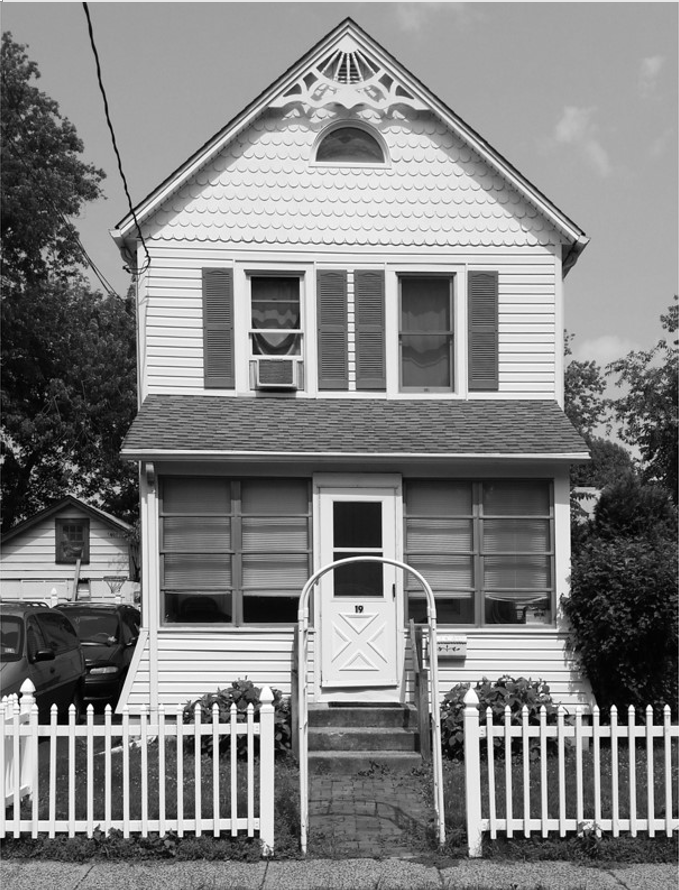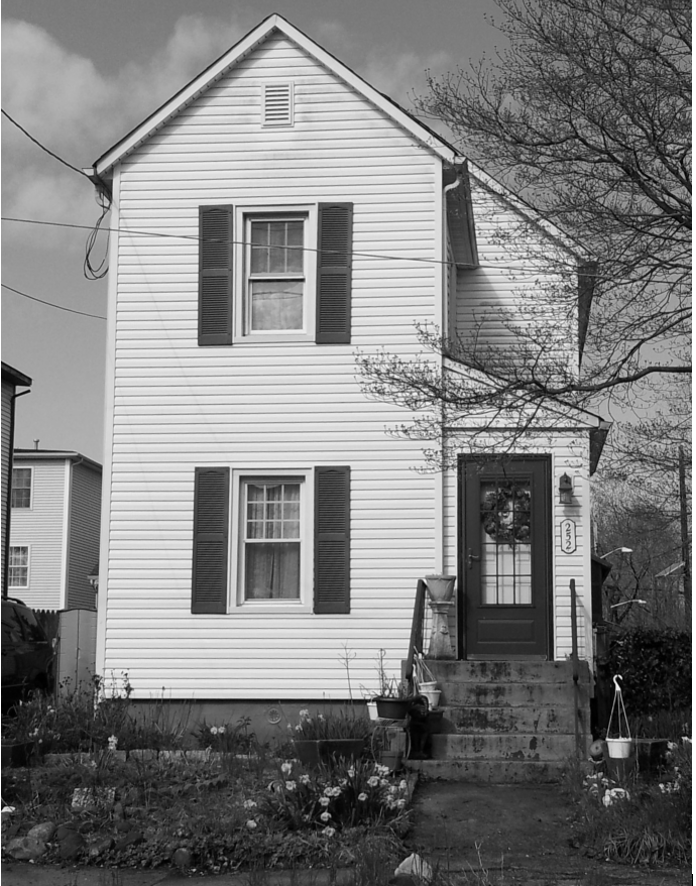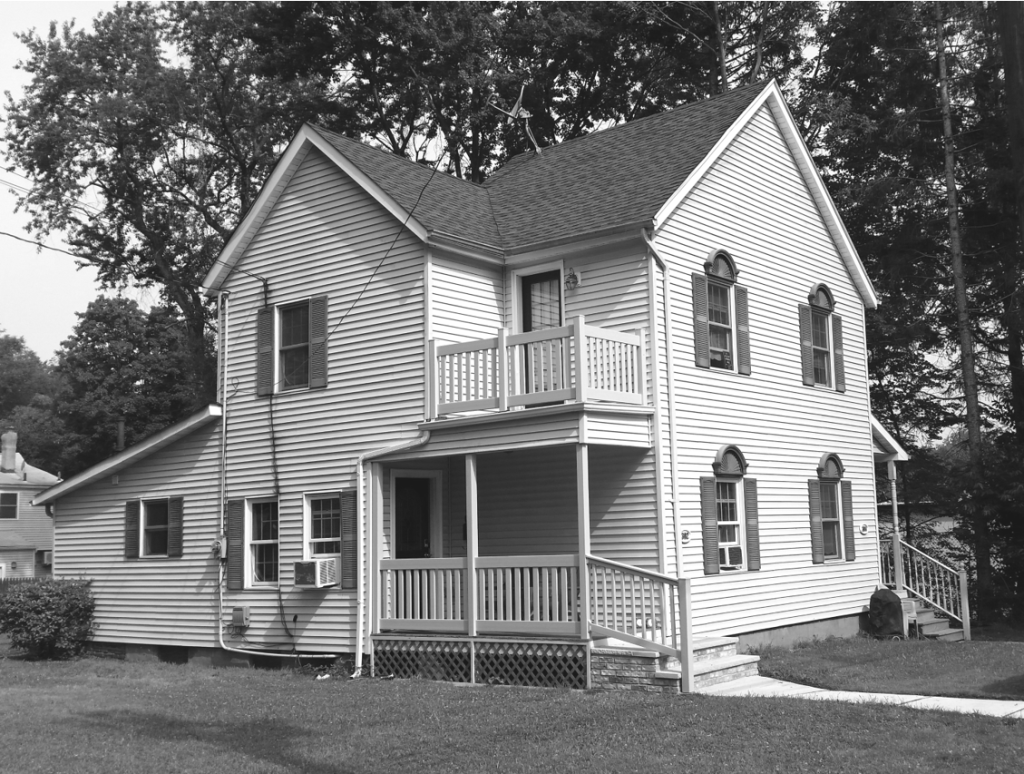
Discovering Kenilworth’s “model homes,” Part 2
The New Orange Industrial Association created New Orange in 1894 from over 30 farms it bought in Union and Cranford. Most of New Orange was known as Kenilworth in 1904. The Association divided the farms into thousands of building lots and wanted to sell homes it had built and also lots by themselves, to make a profit on its investment in buying the vast land area.
It marketed the properties in large ads in NY newspapers. One such ad was titled, “A NEW CITY, New Orange.” It read in part, “If you are looking for a first-class investment where property is sure to double in a few years . . ., [then buy a home] in New Orange.”
A contract was awarded in 1897 to master builder William Hopkins of Brooklyn, to erect 140 homes. He built the first in July 1897. Many were built Downtown, the area west of N. 14th Street, primarily north of Monroe Ave.

The homes were referred to as “De Hirsch Houses” as the impetus for their erection was to shelter the many Jewish families to be brought to New Orange – the predecessor of Kenilworth – by the De Hirsch Fund. The De Hirsch Fund sought factory jobs here for Jewish people who it brought to the United States from eastern Europe – mainly Russia – to escape religious persecution.
By 1899 Hopkins was far behind schedule having completed only 40 units. At this pace the Association knew its business venture could be doomed. In desperation, another builder was sought to build the remaining 100 houses – but it had to be done in just 100 days. That summer James Arthur of Philadelphia was contracted to build those 100 houses in 100 days. Arthur, who built more than a thousand homes in the Philadelphia area, was up to the challenge.
Arthur recruited tradespeople to form “work gangs.” Many lived in tents and vacated farm buildings. Some remained in the community once the work was done. Some rose to prominence such as William Hoiles and John Hiller, Jr., eventually Kenilworth’s second and third mayors. Joseph Gow, was later school board president. Jack and John Shallcross became prominent local businessmen. Hiller branched out built dozens of homes on his own. He served as a postmaster. Gow later constructed homes as well.
The 100 homes were completed by November, well within the 100 days. At the same time, Arthur amazingly built other homes, stores, a factory, a huge rooming house, and two hotels. Realtor John T. Kanane, another new arriver, handled sales, rentals, and construction progress. He later served as postmaster, school board president, and as a county undersheriff.

The contract specified three “model” home styles. Prices varied based on the number of rooms. The 32, six- 6-room, 1 bath homes cost $1,300 each. The 34, seven-room, 1 bath homes, cost $1,600. Each was built on a 25 ft. by 100 ft. lot. The 34 duplexes (17 individual buildings) with 1 bath for each side, cost $2,200 for both sides. The duplex was built on two lots measuring 50 ft. by 100 ft. That totaled 100 housing units. The workers had no power equipment so building 100 homes in 100 days was even more remarkable. Numbers of these homes are still standing Downtown such as those pictured with this article.
More to come in the next edition of this newspaper. Watch for Kenilworth’s first “neighborhood” development started in 1906. Where was it? Most dwellings still exist.
Research provided by Walter E. Boright, Ed. D., historian, and Historic Signs, Inc.
Persons with inquiries about this or other Kenilworth history topics may contact Dr. Boright at drbori@aol.com or 908-256-5200.
Sources: Historic Signs Inc., photos taken 2015
